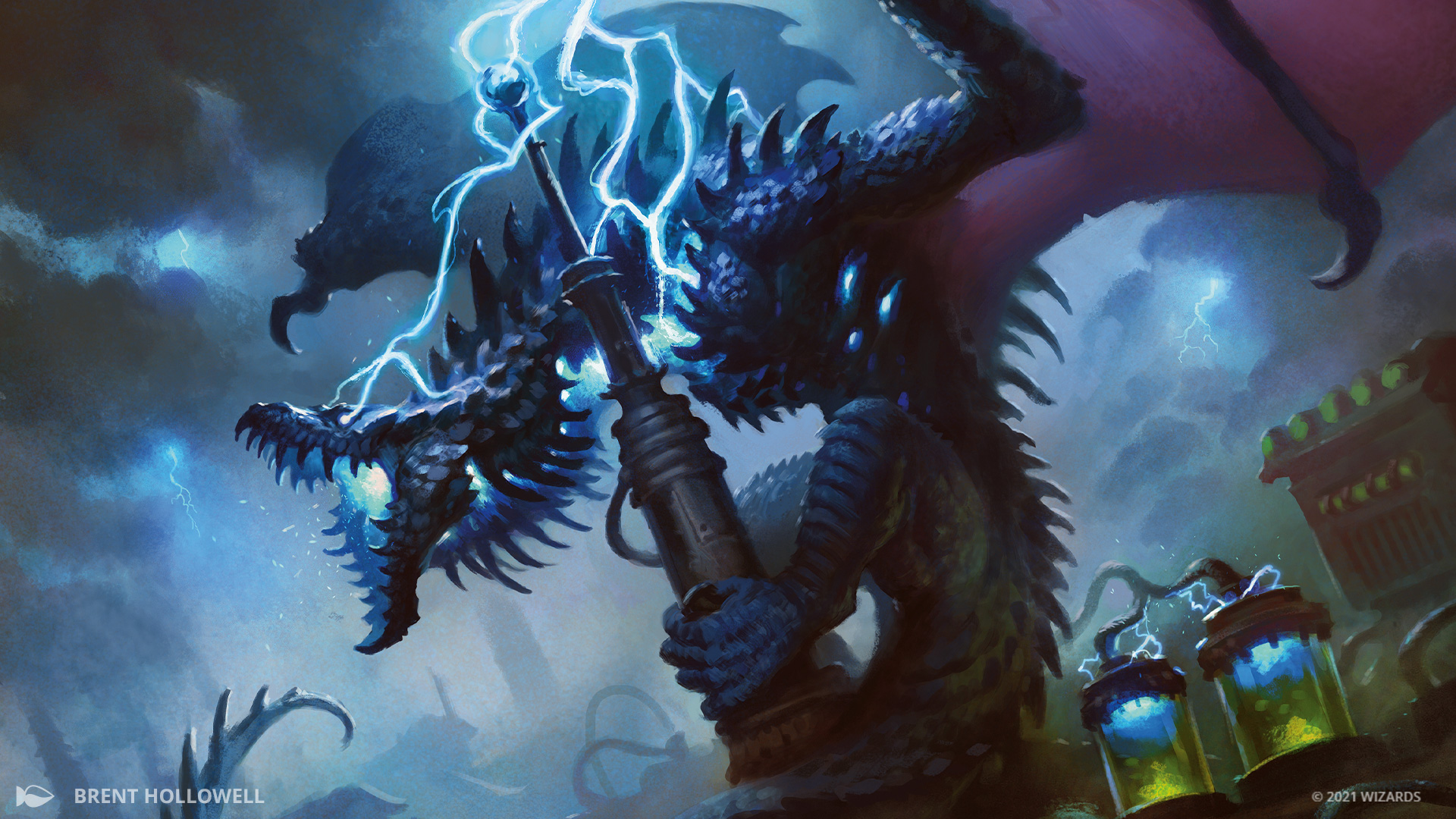

Starting gates (carceres), Caption explaining replicas displayed on the marker:, Numbered bone tokens (admission tickets?) found near the building. the western seating area was added, bringing the structure's seating capacity to approximately 12,000., Caption explaining designated points on the Hippodrome illustration:, 1. Historical sources on Caesarea mention a stadium where Jewish, and later, Christian prisoners were sent to their death fighting in the arena as gladiators or as prey for wild beasts.,, The Roman circus, based on the design of the Greek hippodrome, is a U-shaped enclosure built for horse - and chariot - races., The 315 X 68 meter building underwent various changes. Before falling into disuse at the end of the Roman period, the building's southern end was converted into an oval amphitheater for the staging of gladiatorial combat and hunting games., Did the Building Serve Other Purposes as Well?, In the Greek-speaking eastern part of the Roman Empire, these spectacles as well as sprint races were held in a building known as a stadium. by King Herod for the inauguration of the city, held horse - and chariot - races, athletics, gladiatorial combat and hunting games. This hippodrome (circus in Latin), built in 10/9 B.C. There are no echoes of the breakneck chariot races, and no surviving evidence of the gory spectator events which were probably also held here.King Herod's 'Hippodrome'. The site of the Colchester Roman circus is very peaceful. The spectator events which were held in Roman circuses included violent and gory activities, such as wild-animal fighting and even public executions, as well as the chariot races, but the terrible massacre in the hippodrome at Constantinople really stands out in the history of hippodromes and circuses. The hippodrome was closed for five years and, not surprisingly, it was the end of chariot-racing in the Byzantine empire… Justinian regained control of the city and ruled the empire for another 30 years. It is thought that over 30,000 people died during the massacre. Then Justinian had the revolt brutally suppressed by his soldiers, who massacred the crowds in the hippodrome. The rebels briefly set up their own emperor, and he even sat in the emperor’s box at the hippodrome. Justinian returned to the hippodrome to address the crowds. The rebels besieged the palace and destroyed half of the city by fire. There were several contributing factors to the revolt, including food shortages and a power struggle in the ruling elite. The riots started with the two opposing chariot-racing teams, the Blues and the Greens, and their supporters. Emperor Justinian was there to watch the races which were held on the Ides. The Nika riots and revolt had started on the 13th or the Ides of January, actually in the hippodrome (‘Nika’ – ‘victory’ – was what spectators chanted at chariot races and it was the slogan of the rebels). Apparently the chariot races and the hippodrome were the centre of popular culture in the city. The hipppodrome in Constantinople was next to the emperor’s palace. Constantinople was the capital of the ancient Byzantine empire: it is now Istanbul in Turkey. A hippodrome was a Greek racing arena, similar to a Roman circus, where horse races, chariot races, other sports or spectacles and other activities were held for public entertainment. Yesterday (18th January) in AD 532, six days of riots and revolt in Constantinople culminated in a massacre in the city’s hippodrome.


 0 kommentar(er)
0 kommentar(er)
